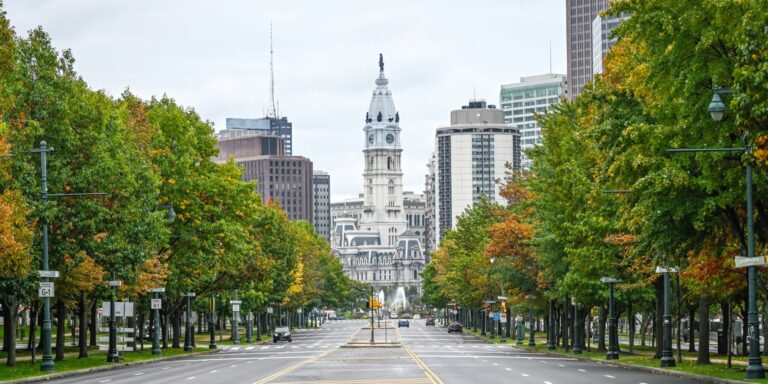As American cities and communities continue to grapple with the legacies of historical figures whose actions and beliefs are no longer seen as compatible with modern values, the movement to replace and reconsider public monuments has gathered significant momentum. Across the United States, calls to remove monuments to Confederate leaders, slave owners, and colonial figures have sparked intense debate about the role of public art and historical memory in the 21st century.
One of the most prominent examples of this ongoing cultural shift is the ongoing effort to replace the statue of Dr. J. Marion Sims, a 19th-century doctor whose experiments on enslaved Black women have led to widespread condemnation. Dr. Sims is often referred to as the “father of modern gynecology,” but his legacy is marred by the fact that he performed surgeries without anesthesia on enslaved women, a practice that has come to be viewed as unethical and exploitative.
The Victory Beyond Sims Project
Artist Vinnie Bagwell, an acclaimed sculptor and cultural activist, has proposed a new monument to replace the statue of Dr. Sims in New York City. Her sculpture, titled “Victory Beyond Sims”, seeks to honor the women who were exploited in Sims’ experiments and to offer a more inclusive and healing narrative. The design was selected in a community-driven process in 2020 and has garnered widespread support from activists, scholars, and members of the public who believe that monuments should reflect the values of justice and inclusivity.
Bagwell’s proposed sculpture features the powerful figure of a Black woman, standing tall in a gesture of victory, with her arms raised toward the sky. The sculpture is intended to be a symbol of strength and resilience, representing the untold stories of the women who were forced into Sims’ medical experiments. The artist’s work aims to shift the focus of public monuments from the glorification of historical figures who engaged in exploitation to the celebration of those who suffered under such systems and ultimately triumphed in their resilience.
Bureaucratic Delays and Funding Challenges
Despite the widespread support for Bagwell’s design, the project has faced significant delays. In 2021, the selection committee for the monument was established, and after an extensive public process, Bagwell’s design was chosen as the winner. However, since that time, the project has faced various hurdles, including bureaucratic delays and challenges related to securing funding. Bagwell has expressed frustration with the pace of progress, noting that while many people have shown support for the project, there have been obstacles that have slowed down its realization.
The delay of “Victory Beyond Sims” reflects a broader pattern of resistance that has accompanied efforts to replace Confederate and other controversial monuments across the country. While many cities, including Richmond, Virginia, and New Orleans, have successfully removed statues honoring figures associated with slavery and racism, other communities have faced backlash from residents who argue that such monuments are part of the cultural heritage that should not be erased.
A National Movement
The movement to remove or replace monuments to controversial figures is part of a larger cultural reckoning with the legacies of slavery, racism, and colonialism. Over the past few years, activists, artists, and community members have called for a more inclusive approach to public monuments—one that reflects the diversity and complexity of American history.
While the debate over removing monuments has often been contentious, it has also sparked important conversations about how to represent marginalized communities and their experiences. Artists like Bagwell, who are at the forefront of these efforts, are pushing for public art that challenges traditional narratives and gives voice to those who have been historically silenced.
The Role of Public Art in Cultural Transformation
Public art has long played an important role in shaping cultural memory and national identity. Statues and monuments are often seen as representations of collective values and ideals. As such, they have the power to shape how we understand history and who is celebrated in the public sphere.
As the conversation around public monuments continues to evolve, it is clear that the role of art in shaping cultural memory is more important than ever. By replacing monuments that celebrate problematic figures with new works that honor the contributions of marginalized communities, cities across the U.S. are engaging in a cultural transformation that aims to create a more inclusive and accurate representation of history.
Conclusion
The reimagining of public monuments is not just about removing statues; it is about rewriting the stories that have shaped American society. Vinnie Bagwell’s “Victory Beyond Sims” is a powerful example of how art can be used to heal historical wounds and provide a more equitable view of the past. While the process of rethinking monuments is ongoing, the momentum behind this movement shows that Americans are increasingly committed to creating a cultural landscape that honors all of its people, not just the ones whose actions are celebrated in bronze and stone.


